Flash vs. SSD: What's the difference?
NAND flash memory prices will continue to fall


The ubiquitousness of Flash modules for consumer electronics has drastically decreased its price, and with major investments from the likes of Intel and Samsung in fabrication plants, Flash is now commonplace and viable for mainstream use.
The technology development has also prompted a significant shift in how storage is designed, and also the competitive landscape of vendors. Although Solid State Drive (SSD) vs Hard Disk Drive (HHD) pricing at the low end is around eight times the cost; the comparison is not equal. Like comparing a car with a journey with a train ticket; by some metrics, SSD and other Flash-based technologies may well be cheaper than traditional hard disks.
The potential of SSD and other Flash-based solutions, for example, PCIE cards within servers, has been recognised for its ability to dramatically speed up application performance. This varies between vendors such as start-ups like Pure, Tintri and Violin as well as certain product lines from HP, Dell, IBM, EMC and NetApp.
Latest News
07/09/2018: Intel releases “world’s densest” silent SSD
Intel has announced the arrival of a brand new SSD for datacentres, with the solid-state drive (SSD) becoming the firm’s densest drive offering to date.
The tech giant revealed that the new PCIe-based QLC Intel SSD D5-P4326 – dubbed “the ruler” - can store up to 32TB of data whilst measuring up at around the same size as a traditional 12cm ruler.
“The new SSD is Intel’s densest drive ever, and is built on Intel® 3D NAND technology, which stacks memory cells atop each other in multiple extremely thin layers, instead of just one,” Intel said. “Memory cells in the D5-P4326 are stacked 64 layers deep.”
Stay up to date with the latest Channel industry news and analysis with our twice-weekly newsletter
Thanks to its compact design, the SSD also generates less heat than older disk drives and requires just half of the airflow that’s required to keep a traditional drive cool – a perk that will, in turn, help keep air-condition costs down for businesses, Intel added.
Data centres can also line up 32 of the D5-P4326 side-by-side in order to handle up to a petabyte of data in a single server slot – a setup that will consume one-tenth of the power of a hard disk equivalent, whilst taking up just one-twentieth of the space.
29/08/2018: NAND flash memory prices will continue to fall
NAND flash memory stick prices have seen a consistent downward trend over the last few months, with the latest reports now suggesting that the decline is expected to continue during the second half of 2018.
According to DRAMeXchange (via Digitimes), the downturn is the result of both oversupply and disappointing demand for the storage devices – with prices predicted to drop 10% sequentially during the third and fourth quarters of this year.
However, it’s predicted that these lower NAND prices could have a positive knock-on effect, with OEMs looking to increase the storage capacity of their devices as a result. Smartphone manufacturers, for example, have increased storage space on their flagship devices in recent times, moving to 256GB or 512GB – whilst their mid-upper range offerings have seen a boost to 64GB and 128GB.
Despite the weaker-than-expected demand, the resulting smartphone memory boost will result in a "positive contribution" to NAND flash consumption during 2018, DRAMeXchange concluded, whilst the decline in flash prices will continue into the first half of 2019 due to "seasonal factors".
Elsewhere, a drop in solid-state-drive (SSD) prices could also encourage many notebook manufacturers to include SSDs in their devices, DRAMeXchange said.
25/07/2018: Western Digital releases new NVME SSD for gamers
Storage solution provider Western Digital has released a high-performance solid state drive (SSD) designed to improve gaming experience as well as high-resolution video performance.
The Black 3D NVMe SSD removes the traditional storage bottlenecks associated with many drives, allowing it to shift high amounts of data quickly and seamlessly.
The M.2 drive incorporates new NVMe architecture and controller, providing improved power management as well as optimal integration with Western Digital 3D NAND. The 1TB model boasts a sequential read speed of up to 3,400 MB/s and write speeds of up to 2,8001 MB/s.
On top of that, Western Digital says it also features up to 500,000 random-read IOPS for delivering extreme throughput, making it suited to multi-threaded applications as well as data-intensive multitasking environments.
"Today's gaming applications require increasing capability from their PCs, and this will only continue to advance," said Khwaja Saifuddin, senior sales director for the Middle East at Western Digital.
"Whether it's a new gaming rig or a video-editing workstation, our innovative NVMe drives will power many existing and future environments that enable data to thrive."
The new SSD is available now in capacities of 250GB, 500GB and 1TB.
16/07/2018: Seagate re-enters consumer SSD market
Data storage firm Seagate has announced the release of a new solid state drive (SSD) for the consumer market, seemingly marking a renewed focus on storage for traditional PCs and laptops.
The BarraCuda SSD is a SATA III drive as opposed to the faster NVMe models on the market - meaning speeds won't reach the heights of other available options - but Seagate says the SSD's speeds of 560MB/s and 90K IOPS provide "the desired capabilities for nearly every compute need and provides a first-rate solution for every budget".
"With this launch, Seagate continues to build on the evolution of its storage capabilities, now offering a full range of HDD, hybrid and SSD solutions for the everyday computer user to avid PC system architects and professionals," Seagate said in a press release.
The new BarraCuda SSD arrives with a standard 2.5in form factor across the range, as well as SATA 6GB/s interface and an ultra-low power mode that allows for reduced power consumption.
The new SSD line comes in storage options of 250GB (available for £74.99), 500GB (£109.99), 1TB (£229.99) and 2TB (£449.99). Currently, the drives are exclusive to order through Amazon - although Seagate says its products will be available elsewhere from September.
20/04/2018: Samsung’s 6Gbps SATA SSD doubles storage capacity for datacentre applications
Samsung has officially unveiled details of its new PM883 SSD, with the drive becoming the highest density datacentre SATA drive at 8TB.
Announcing the rollout in a press release, the Korean tech giant revealed the new high-performance SSD drive to be the first of its kind to boast LPDDR4 DRAM packages, as well as a 6.0Gps 2.5-inch SATA interface.
The PM883 is also the first to allow power management in individual SSD units for improved energy efficiency - thanks to the inclusion of a SATA 3.3-compliant Power Disable (PWDIS). Additional power saving technology also means that the drive consumes just 2.8 watts of power when reading and 3.7 watts when writing.
The SSD drive’s read and write speeds stand at 550MB/s and 520MB per second respectively – whilst random reads clock in at 98,000 IOPS and random writes at 28,000 IOPS.
“We are thrilled to have the opportunity to enable a high level of storage density with low power consumption, which thanks to the efficiency of our 64-layer V-NAND-based technology, allows us to double the capacity of current SATA storage,” said Jim Elliott, corporate senior vice president for memory sales and marketing at Samsung Semiconductor Inc.
“Our expanded lineup for the PM883 will offer up to 8TB to allow optimal use in existing enterprise and cloud storage systems.”
Flash Vs SSD
Often used interchangeably, it is worth noting that Flash and Solid State Disk (SSD) are neither same thing, nor rival technologies.
A better analogy is to think of Flash as eggs and an SSD as an omelette. Flash is a form of non-volatile, high-speed read and write media that holds digital data. Types of Flash can be found in many diverse areas from USB drives to smart phones. While SSD is a type of hard disk that instead of using magnetic media to write, store and read data uses a form of Flash memory.
An SSD has all the physical characteristics of a traditional hard disk but has faster read and write speed, lower energy consumption and heat generation. The trade-off for these advantages is a higher cost per GB of data when compared to traditional HDD and lower lifespan for high-intensity application with lots of reads and writes.
Meanwhile, in an all-Flash model, Flash replaces disk as the tier supporting the most IOPS intensive workloads. Yet, these systems still need to architect a management layer to move cold data to other less expensive storage tiers. Other vendors like Avere have carved out a successful niche using Flash caches mixed with cloud-based goodness to make slow hard disks and even cloud storage deliver more IOPS.
The vendor ecosystem is incredibly rich. With the form factor of the SSD electively a slot into the SATA interfaces used by spinning disks, the intelligence for getting the best out of Flash is now a software, rather than a hardware engineering problem. This has led to an explosion of storage vendors integrating Flash to boost performance plus a whole host of clustering, replication and even backup appliances.
For the channel, utilising a Flash-based solution is not complex. The vendor ecosystem makes the deployment of Flash no more challenging than a NAS and far less complex than FC SAN or InfiniBand-based solutions. However, comparing which vendor is “best” for any given customer situation is a bit tricky.
From a hardware vendor perspective, the number of players is actually quite small. Samsung sells the most NAND chips and devices followed by Intel, with SanDisk a close third. The rest of the field has sub-double digit market share and includes the likes of Micron Technology and Toshiba. The “Who has the best price versus performance?” question changes on an almost quarter by quarter basis and factors like reliability and brand play out similarly to the hard disk Seagate vs WD vs Quantum, etc. debate. It’s all much of a muchness.
Higher up the stack when it comes to use cases, the various merits of the approaches offered by the start-ups and established players already listed requires a case by case investigation.
For example, Avere has done very well in media and entertainment while Tintri is focused on highly virtualised environments. Yet for all the noise of these start-ups, analysts tracking the numbers say it is still the big incumbents dominating the markets when you add up all the combinations of how Flash is used across all-Flash and hybrid systems.
Based on IDC numbers, EMC has 36 percent market share, Netapp has 20 percent, Hitachi has IBM at 11 percent and many of the start-ups may have low single digits shares.
What is clear is that the market is growing. Any channel partner without a Flash strategy or portfolio needs to get one. The good news, it’s not very hard and every vendor and even latecomer HP with its 3PAR technology has a viable Flash solution. Where many partners are saying they are reducing the number of vendors they want to engage with, Flash-based storage is still an area where many of the smaller players have better and more cost-effective solutions than the big guys. It is likely that at least one of the bunch of start-ups will get gobbled up in the next few years, although picking a horse to back in the crowded field is a hard call.
It’s also worth noting that although SSD is, for the most part, a common and interchangeable device, the Flash arrays and solutions are not. Unlike the mix and match nature of a multi-vendor SAN, each Flash solution is vendor proprietary. With no dominant player yet across every use case, channel partners have a good opportunity to partner early and win deals based on merit and not just brand.
Dan is a freelance writer and regular contributor to ChannelPro, covering the latest news stories across the IT, technology, and channel landscapes. Topics regularly cover cloud technologies, cyber security, software and operating system guides, and the latest mergers and acquisitions.
A journalism graduate from Leeds Beckett University, he combines a passion for the written word with a keen interest in the latest technology and its influence in an increasingly connected world.
He started writing for ChannelPro back in 2016, focusing on a mixture of news and technology guides, before becoming a regular contributor to ITPro. Elsewhere, he has previously written news and features across a range of other topics, including sport, music, and general news.
-
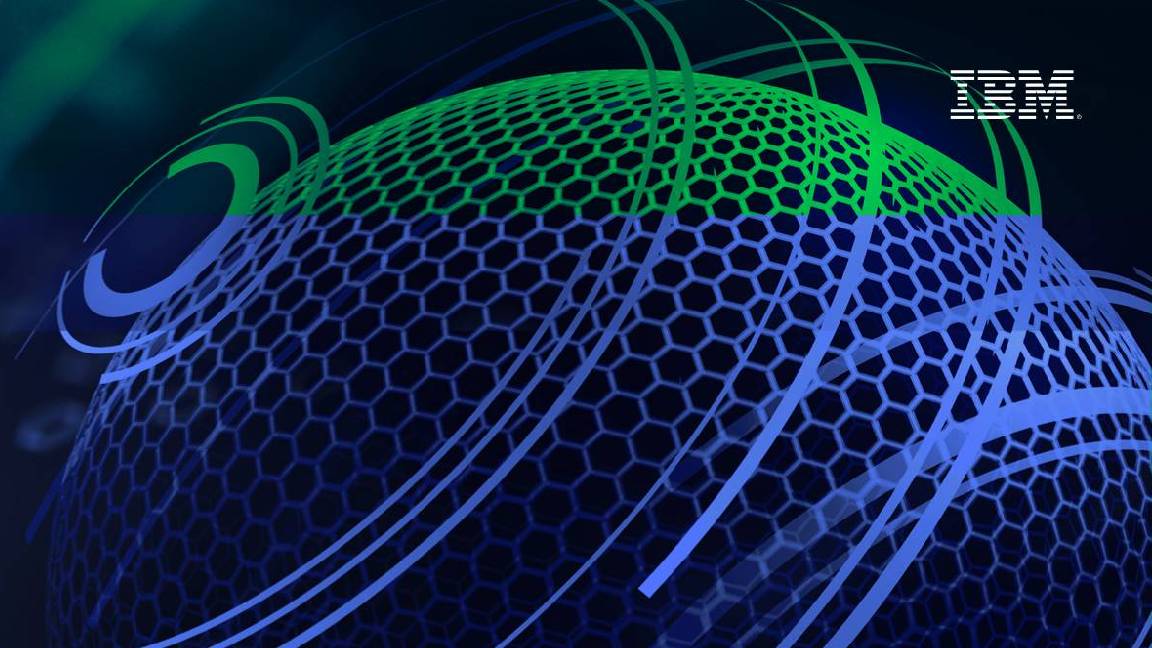 Cyber-resilient data storage for everyone
Cyber-resilient data storage for everyoneWhitepaper Improve cyber resilience and optimize performance
-
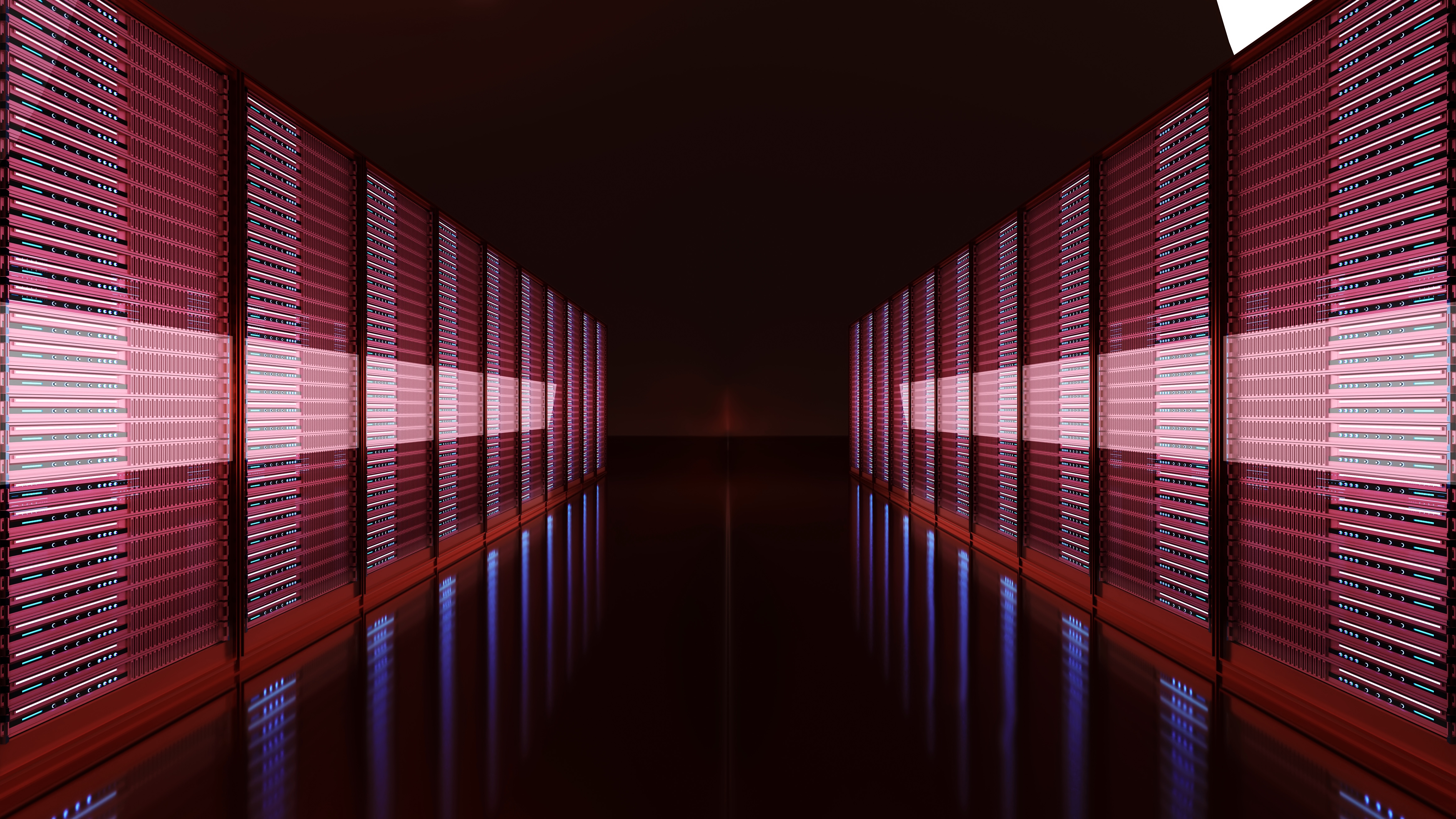 Sustainability is more than a flash-in-the-pan topic for the data storage industry
Sustainability is more than a flash-in-the-pan topic for the data storage industryAnalysis Rising energy costs and concerns over the environmental impact of data centers are prompting a shift away from power-hungry disk drives
-
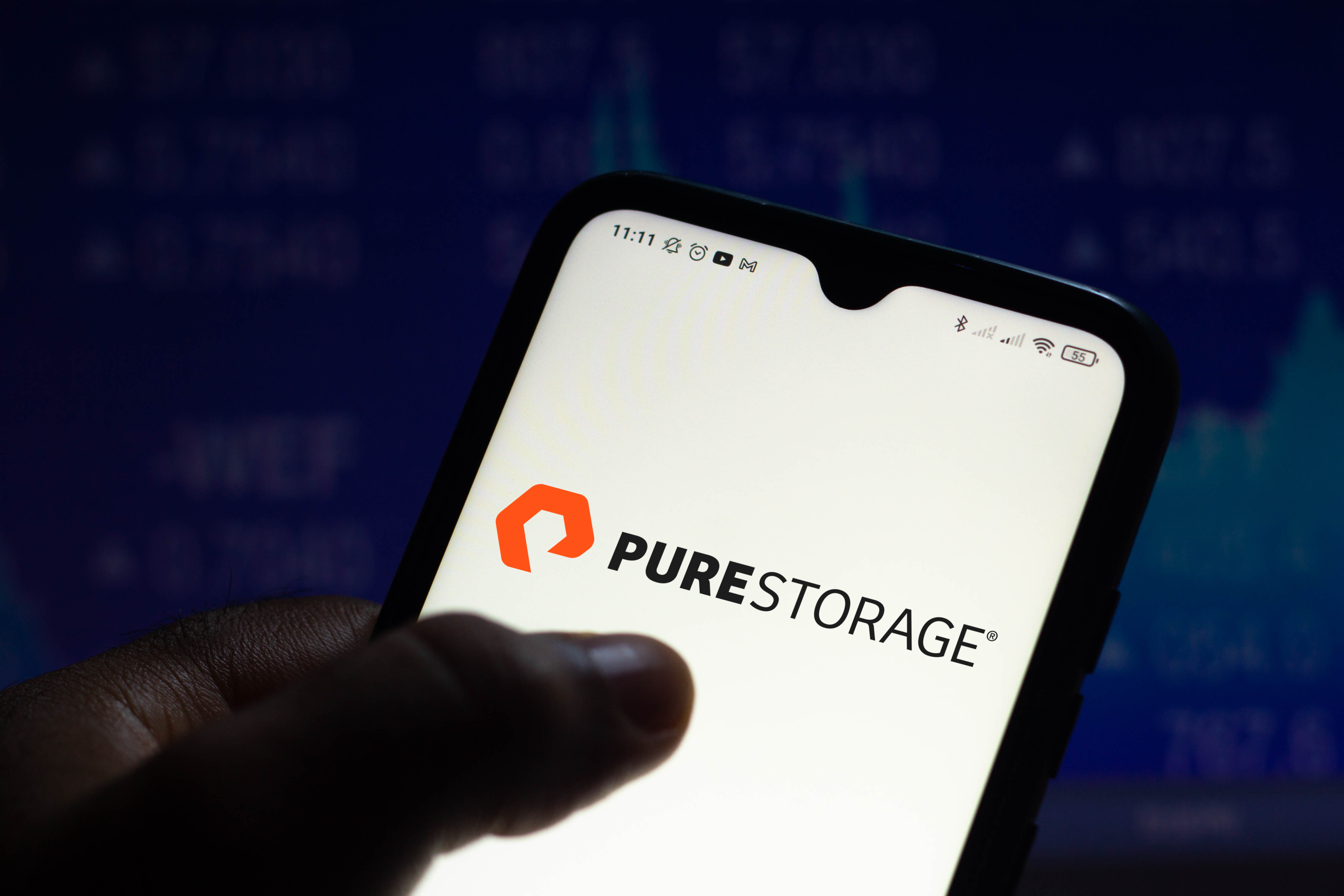 Pure Storage’s FlashArray//E launch offers “multi-year advantage” with performance and energy efficiency boosts
Pure Storage’s FlashArray//E launch offers “multi-year advantage” with performance and energy efficiency boostsNews The FlashArray lead at Pure Storage, said the launch will act as a “key differentiator” for the company in the storage space
-
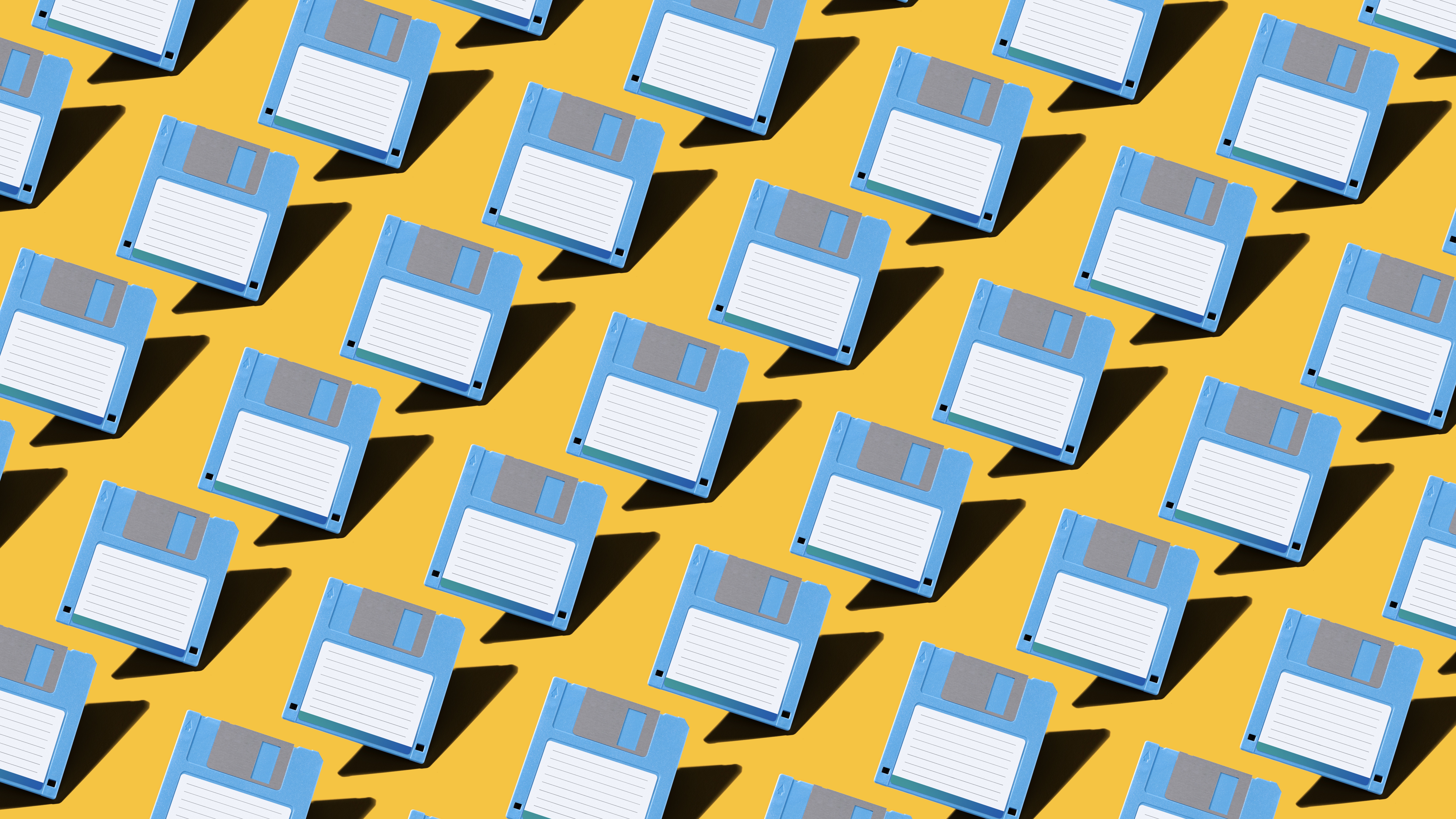 Why the floppy disk may never die
Why the floppy disk may never dieIn-depth The age-old floppy disk storage medium is still in demand despite continued attempts to kill it
-
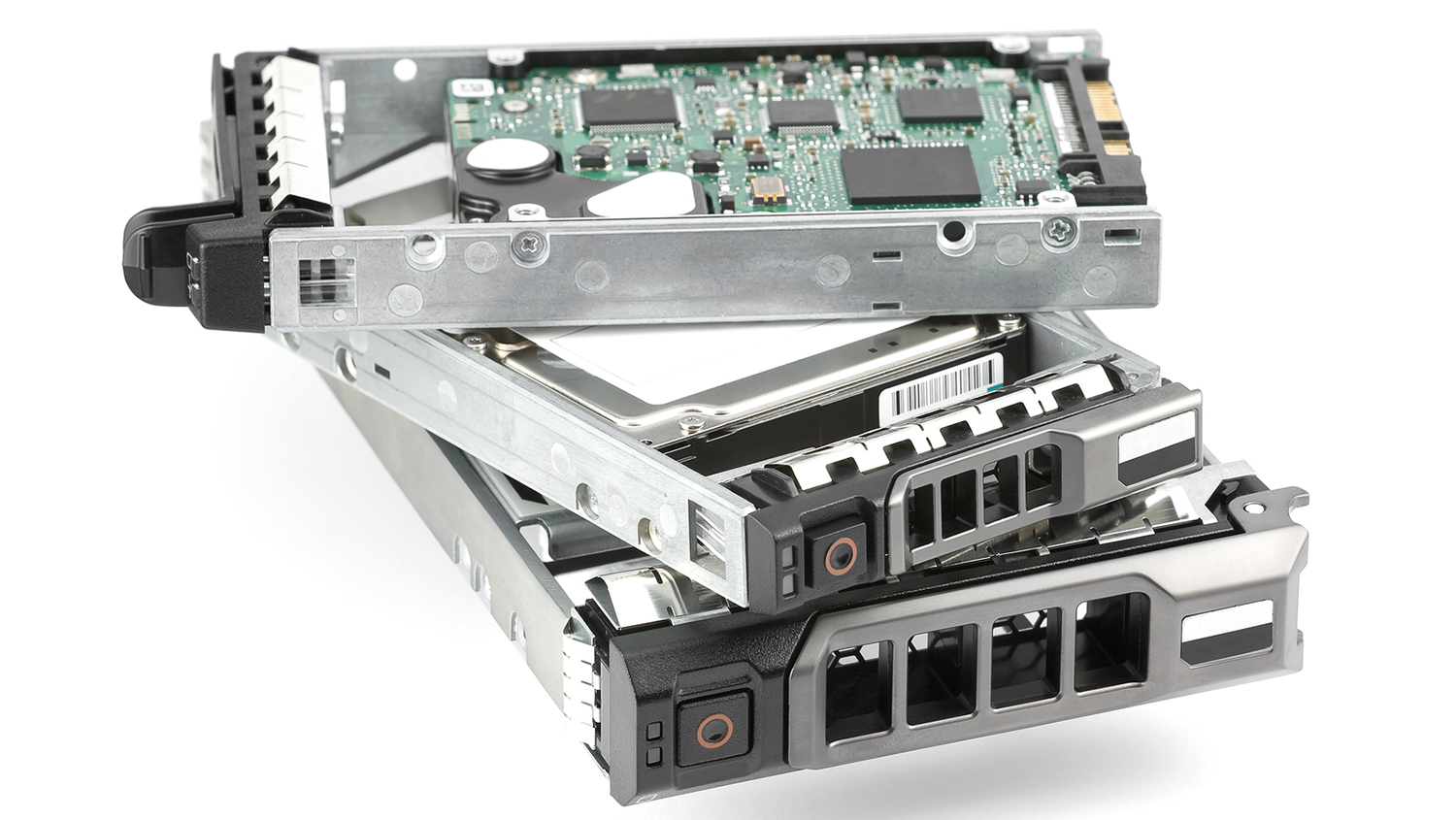 10 things to consider when buying an external hard disk-based storage device
10 things to consider when buying an external hard disk-based storage deviceIn-depth Find the right storage solution for you with this handy guide
-
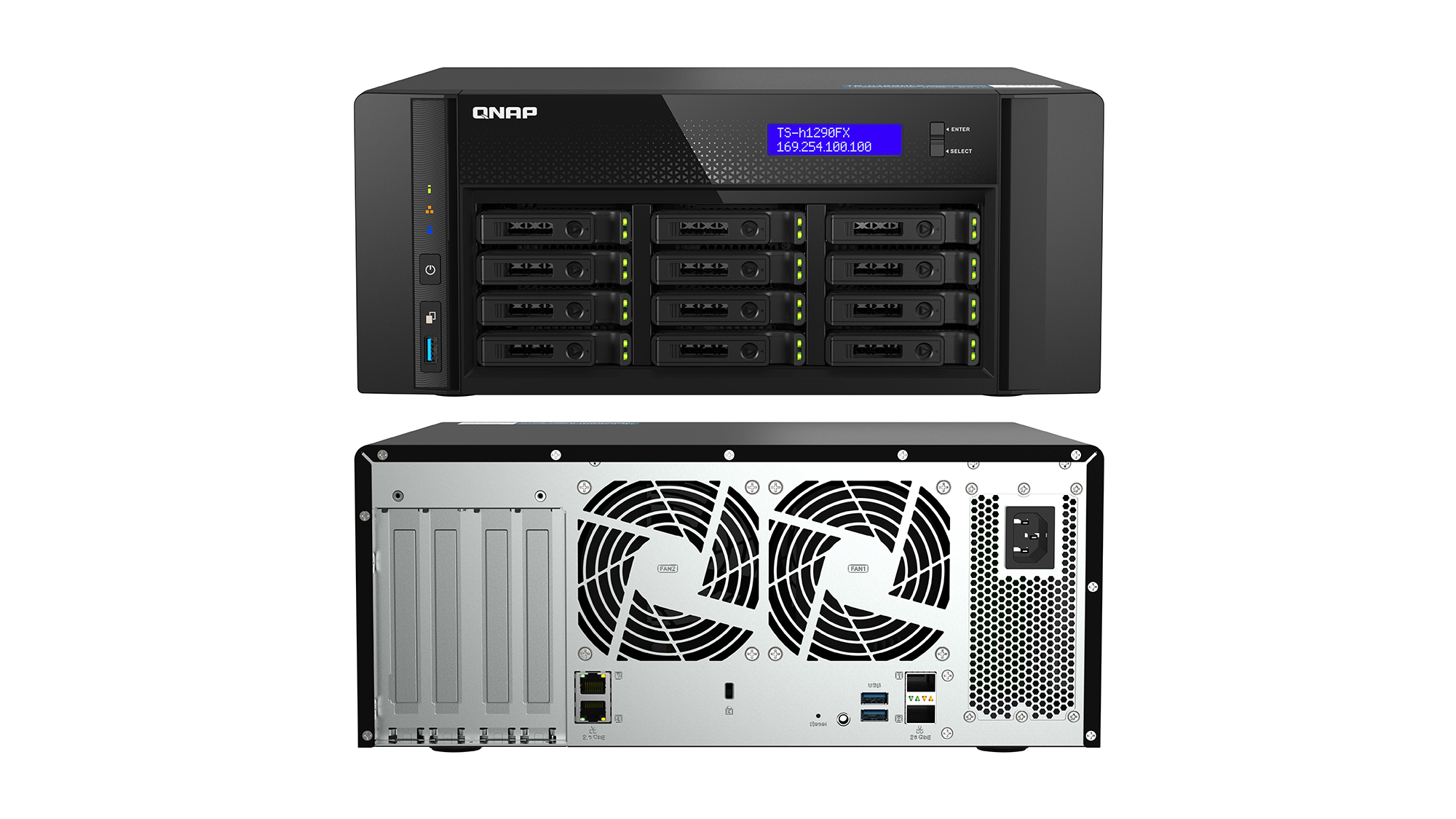
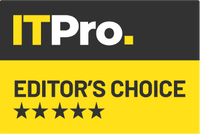 Qnap TS-h1290FX review: Flashy desktop storage
Qnap TS-h1290FX review: Flashy desktop storageReviews A sleek and affordable desktop NVMe all-Flash array that delivers great 25GbE performance
-
 Intel kills off Optane Memory business with $559m loss
Intel kills off Optane Memory business with $559m lossNews Optane is now one of six divisions the company has ended under Gelsinger's leadership
-
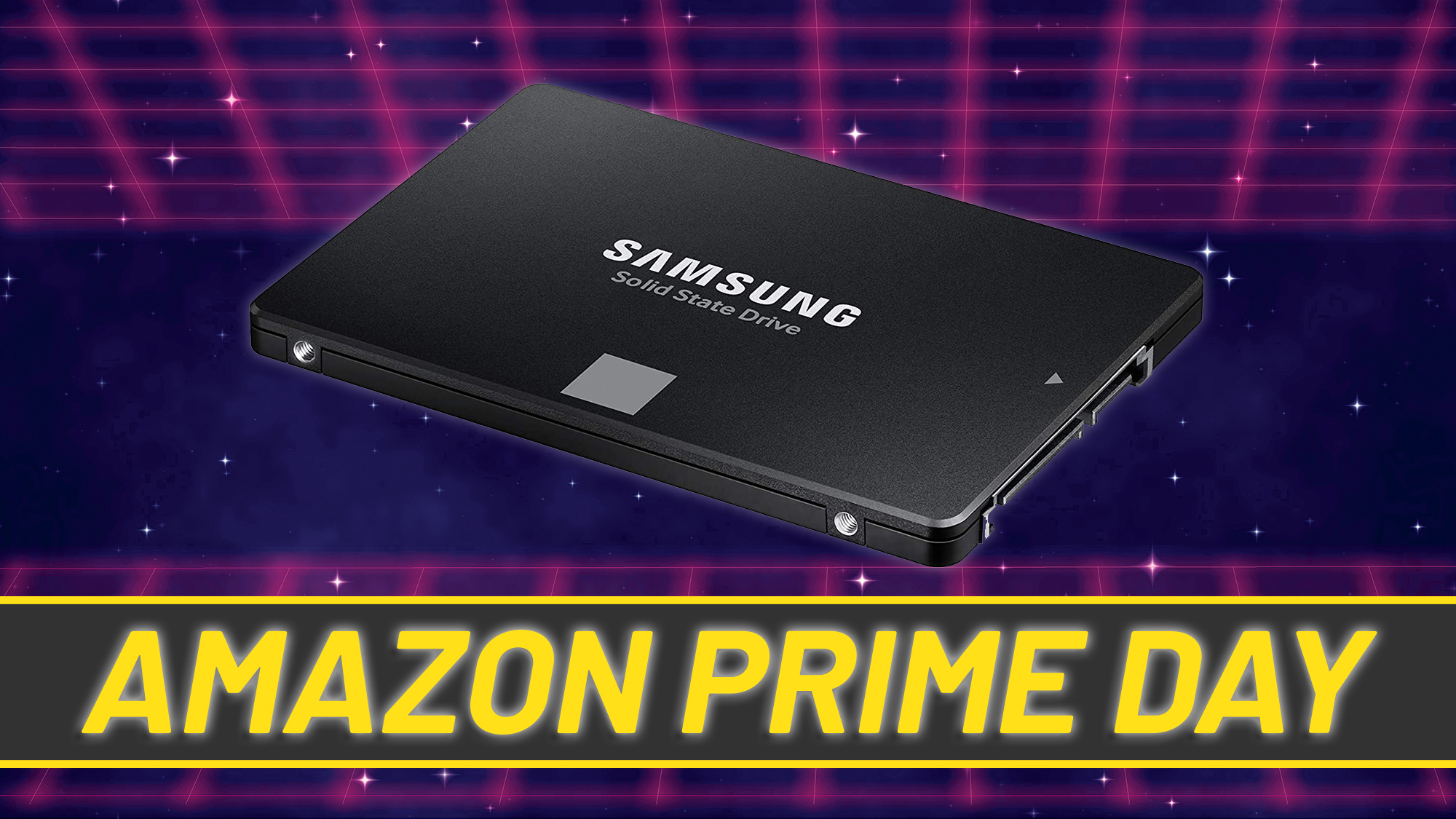 The best Amazon Prime Day storage deals: Extra capacity at rock-bottom prices
The best Amazon Prime Day storage deals: Extra capacity at rock-bottom pricesBest Add some extra headroom to your disk space


